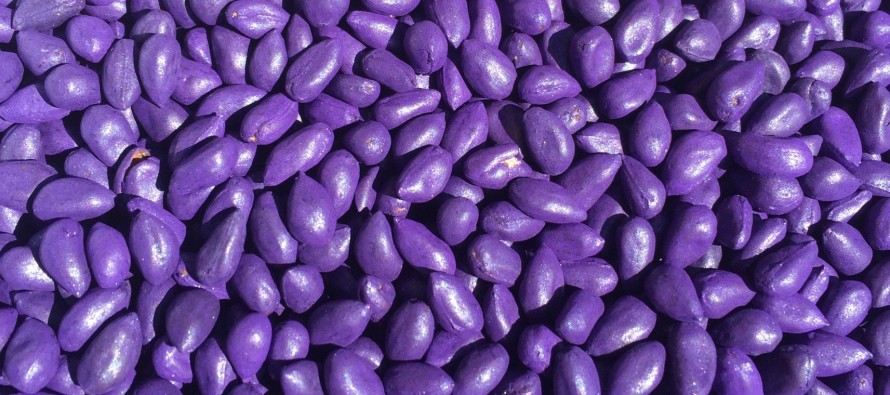Seed Treatment Choices For Cotton Will Be More Important In 2017

Related Articles
- Fertilizing Cotton with Poultry Litter 5
- Mississippi Cotton Insect Situation of 2010: A Look Back 3
- Bayer CropScience-O.A. Cleveland Weekly Cotton Commentary 0
Latest Tweets
In 2017, the need to maximize thrips control to avoid foliar applications will be more important than ever. With the introduction and anticipation of numerous acres with the new herbicide traits resistant to Dicamba, there will be NO INSECTICIDE tank mixes allowed. In other words, if you have a thrips problem in 1-3 leaf cotton you will not be able to add an insecticide in with the Dicamba herbicide application for weeds, even if the two line up for an obvious tank mix. Separate applications will have to be made for weeds and insects, increasing cost. We have been told, if you choose to do this anyway, you will be in violation of the label which will be enforced to fullest. There is a tremendous effort underway to minimize potential drift problems with these new herbicide traits. When multiple products are tank mixed, it has the potential to change droplet size which may impact drift. At this time, the data are incomplete for insecticide tank mixes. We do not see this changing for the 2017 season.
Over the last few years we have seen a decline in efficacy against tobacco thrips with many of the more popular seed treatments. In fact, thiamethoxam, or Cruiser is no longer recommended in the Mid-South region on cotton. In the last couple of years we have also observed a general decrease in efficacy with imidacloprid (Gaucho). Although, imidacloprid is still providing some control of tobacco thrips, the likelihood of needing foliar applications is likely higher than in previous years.
Under some circumstances even the best seed treatments will be overwhelmed by high numbers of thrips and require an additional foliar application, however, making the right choices at planting will minimize the need for foliar applications saving time and money.
The addition of acephate applied either in-furrow or as an additional seed treatment will enhance control of any of the products listed below. There are a couple “singled out” where we would highly recommend this addition.
Below is a ranking of seed treatments from most effective to least effective based on testing across the entire Mid-South region. AgLogic (aldicarb) applied in-furrow is included for comparison.





Let me tell You a sad story ! There are no comments yet, but You can be first one to comment this article.
Write a comment